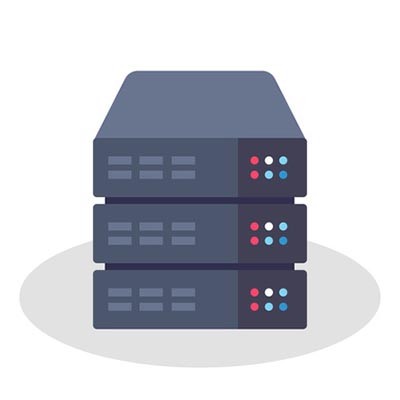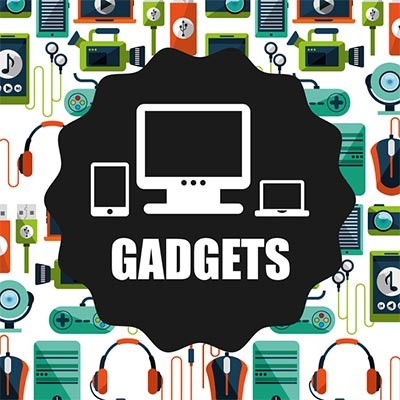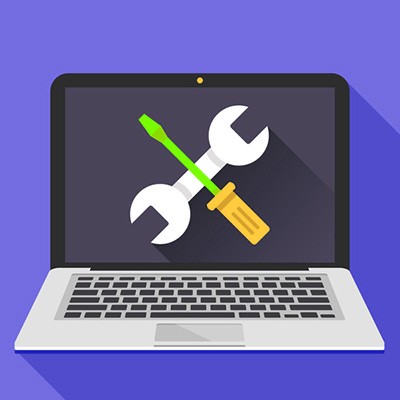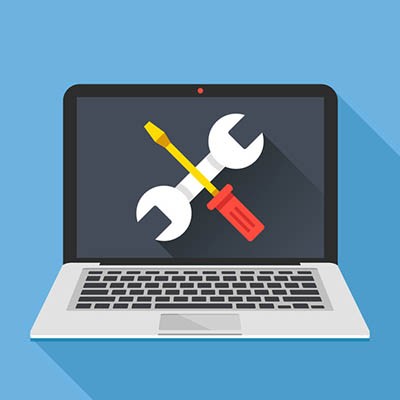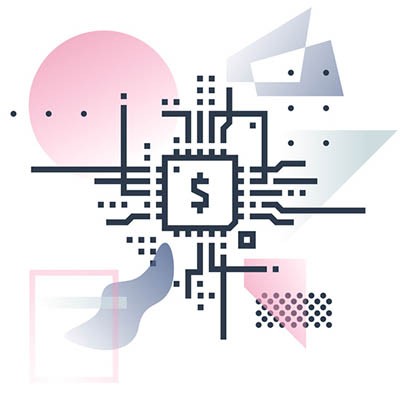Technology is taking on a new role for the modern business. With more value placed on data, and new innovations presenting viable options for business use, technology is now front and center for many organizations. We’ll discuss four of the most emerging technologies and how businesses are beginning to use them.
Argentum IT LLC Blog
Virtual assistants have a lot of promise as a productivity tool, so it only makes sense that they would begin to appear in the workplace. Unfortunately, these devices have also gained a reputation as a security risk. Whether or not you’ve considered bringing virtual assistants into your business, you need to prepare for their presence there.
The healthcare industry has been trying to make the jump to digital for over a decade. While many practices have been able to successfully implement electronic health record (EHR) technologies, a full digital transformation has eluded many others. Nowadays, providers are actively searching for ways to achieve measurable results with these newer technology implementations. Today, we take a look at the healthcare industry’s IT as it stands in early 2019.
Innovation in the workplace has changed the way that operations have been handled over the years. These days, office technology innovation might seem like it’s hitting a lull compared to previous jumps, but there are still plenty of ways that it’s improving the quality and productivity of the workday. With the right tools, your business can improve its access to data and enhance its productivity in ways previously unseen.
These days, our society is infamously connected, especially in the business sense. This can make it jarring to not receive a reply back from an email. While we all need a break every now and then, we also need to get back to our contacts efficiently - this is where the ‘out of office’ message in Gmail comes in.
Your servers are some of the most important resources your business has, and they should last for many years. After a few years, however, they may begin to struggle to handle the workloads they once did; and, they often fail leaving a whole business in a lurch. To avoid this scenario, knowing the signs of a failing server can come in extraordinarily handy. Today we will go through three ways to ascertain if your server needs to replaced.
One of the major aspects of smartphones is how portable they are. Thanks to them, business professionals can be productive while out of the office, no matter where they are. Unfortunately, this also means that they have more of an opportunity to lose their devices, along with the data they contain. If the device is Android-based, then you can alleviate this trouble thanks to built-in features that can help you find it.
With the holiday season in full swing, finding good gifts for the technology lover in your life may actually be more frustrating than you’d think. Since there are so many options, people will often get paralysis from trying to find the right gift and end up going the gift card route. Today we will look at five great gift ideas for the technology fan in your life.
Chances are that you’ve dealt with the following scenario: You are working along fine and you try to open an application only to be rebuked by an error message on the screen that tells you that there is some type of critical error. You close that out hoping that it was a one-time exception, but nope, it pops up again. You think to yourself, “Why does this always happen?”
Slow computers are one of the small annoyances in an office that can implicate a much larger issue is hidden. The frustration stems from not being able to get anything done, whether it’s because the computer isn’t responding to your commands or it’s so slow that you can’t accomplish anything noteworthy in your day. Thankfully, you can take some steps to check the speed of your computer so as to take proper action when it’s not working at expected.
Taking care of your computer is necessary if you want to get the maximum return on investment from such an expensive piece of hardware. Granted, this can be a lot to handle, as it includes cleaning your PC regularly, keeping security at its finest, and organizing all of the information stored on it. When it all works as intended, there is an immense feeling of satisfaction. This is when it’s most effective to look at accessories.
Displays are cropping up everywhere these days, from electronic billboards to office televisions to just about any consumer electronic device. Due to the high demand for these displays, many manufacturers have turned to OLED technology to make high definition capabilities more accessible. We’ll focus on the differences between OLED displays and how they are fundamentally superior options compared to the traditional LED displays.
There is no shortage of useful devices that a business could benefit from, but the most popular is undoubtedly the smartphone. As a communication tool, it is effectively unparalleled - you can use your device to conduct business and communicate from anywhere. However, this is neglecting many of the other abilities that make the smartphone a smart choice for your business productivity, especially when you’re mobile.
Although we’re in the habit of discussing ways to keep your business more secure, we unfortunately have to discuss how to keep yourself more secure against a business. Walmart recently filed a patent that could potentially be used to undermine the security of everyone there, from shoppers to employees. We took the time and dug into the jargon in the patent to give you a better look at the situation.
It’s not unusual for people to try and predict what the future will look like, but too many times when people try and predict what will happen in the future, the reality of what is happening today isn’t taken into account. Imagining the workplace (and workforce) of the future requires we look at where we are today, the pace of change, and what changes are expected. It may not go the way you envision, but the more empirical data you use to model what the future looks like, the less disappointed you’ll be when your imaginary benchmarks aren’t met.
Have you ever found yourself packing too many things for a short trip? What about your technology? Do you have multiple devices? The truth is that no matter the reason you are traveling, you don’t need to pack like royalty to be able to be productive while you are on the road. Today, we talk about how scaling down your technology while you travel is a solid practice.
Wireless charging seems to be a perfect idea - imagine if someday, our devices would never run out of charge? This may be why such aggressive progress has been made toward building a better battery charger. However, not everyone is convinced that wireless charging will have the effects that are desired of it.
Money needs to move in order for the economy to work. Traditionally, banks are the major lending institutions, and as a result have to adhere to a myriad of regulations. To provide an equitable system that people aren’t afraid to utilize, there are a lot of checks and balances that have put in place by the bank and regulators, alike. Today, there is growth of what are called marketplace lenders (MPLs) that are changing the way people (and organizations) can access capital and it is fueled by what is referred to as FinTech, or financial technology. Today, we will take a short look at FinTech and how it is changing the way we manage, borrow, pay, see, and use money.
Technology has changed the way that a lot of different industries approach operations, and academia is no different. Depending on the type of student, however, the use of technology differs and varies considerably. We’ll discuss how those in education take advantage of technology in ways that may have seemed so far away just a few decades ago.







